|
Malagasy Street Children |
Malagasy Street Children |
Malagasy Street Children | Malagasy Street Children |
|
|
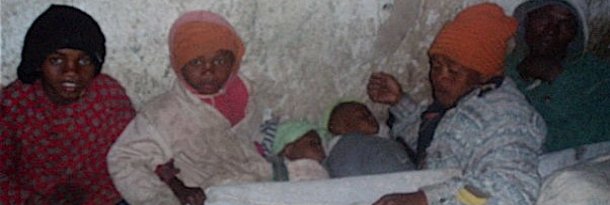
A significant number are also enfants sorciers or "witch children," blamed for family misfortunes like illness or financial ruin and cast out of their homes into a world that offers no protection. As one social worker from a local aid group explained, "Poverty is the push, but the pull is the illusion of freedom and opportunity in the city. They come hoping for a better life, only to find a different kind of trap." As one youngster put it, "What’s the point of doing nothing in school all day when there’s nothing to eat at the end of it?" There are also reports of parents abandoning their children when they can no longer support them. Similarly, there are reports of mothers abandoning their newborn babies in hospital because they can't afford to feed them or afford any future medical care, with, for example, treatment of childhood tuberculosis costing more than a month's factory wage. As noted above, exact figures are not known, but the number of street children in Madagascar certainly runs into thousands, with some of these children even being born on the streets.
Yet, amidst this bleak landscape, glimmers of hope persist through the interventions of dedicated organisations. Both international agencies and local Malagasy NGOs work tirelessly to provide a lifeline. Their approach is often multi-faceted, starting with outreach programs where social workers hit the streets to build trust, offer basic medical care, and encourage children to visit day centres. These centres are crucial sanctuaries; they provide a safe space to wash, eat a nutritious meal, receive informal education, and simply be a child for a few hours. The ultimate goal for many of these programs is family reunification, where possible and safe, supported by economic strengthening initiatives for the parents. For those for whom return is not an option, residential centres offer long-term care, rehabilitation from substance abuse, and formal schooling or vocational training in trades like carpentry or sewing, aiming to break the cycle and offer a tangible path to a different future. The challenge is immense, underfunded, and constantly evolving. Political instability and recent climatic shocks, like devastating droughts in the south, have only increased the pressure, pushing more vulnerable children toward the cities. It's a testament to the size of the problem that the international charity Médecins Sans Frontières recently left the capital city of Antananarivo, saying that the problem is simply too large for them and responsibility must lie with the Madagascan government. The work is a painstaking process of building trust one child at a time. A young boy named Kolo, who found refuge in a centre after three years on the streets, once shared a simple dream that encapsulates both the tragedy and the hope: "I just wanted a place where I could sleep without one eye open. Here, I can close both. Now I am learning to read." His words are a poignant reminder of the most basic rights these children are denied, safety and the opportunity to learn. This short video shows young street children of Antananarivo sweeping the pavement to pick up rice. These particular children are looked down on by other street children in Madagascar as 'garbage boys'. There are also details of projects and programs working to support street children in Madagascar above. |
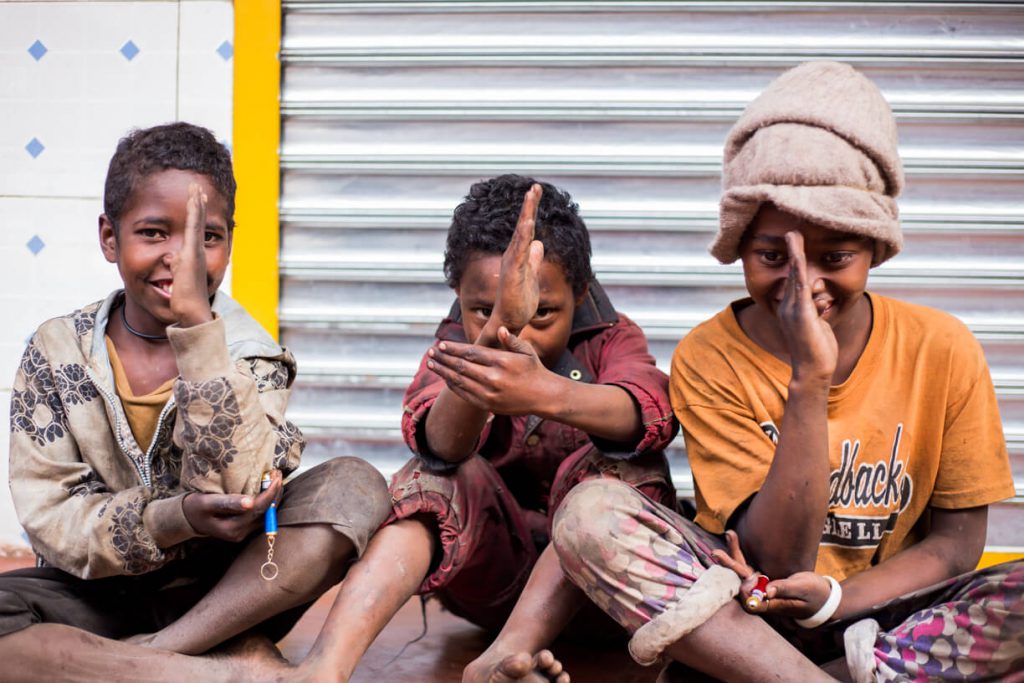
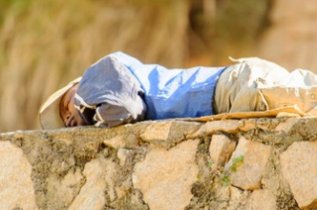
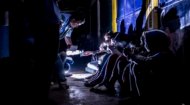

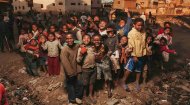
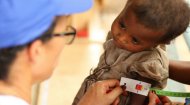


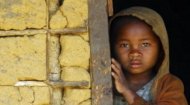

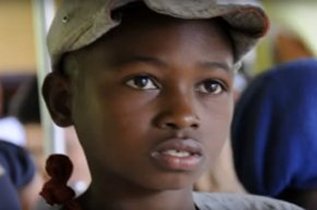
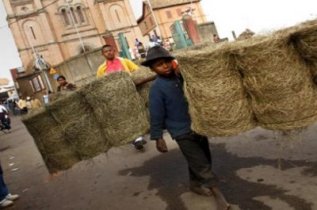 Their daily life on the streets is a relentless cycle of struggle and ingenuity. Mornings are for finding the day’s first meal, often scavenged from market waste or earned by carrying shopping bags for a few small coins. Others work on the streets washing cars, collecting water and of course, selling illegally, begging and pick-pocketing. A good day is one when there is some food at the end of it. The days are long, filled with activities aimed at survival: polishing shoes, selling peanuts or stolen mobile phone credits, or simply begging. "Manampy zazakely, s'il vous plaît?" ("Help a child, please?") becomes a constant, hopeful refrain. As night falls, the search for a safe place to sleep begins. Doorways, construction sites, and sewer tunnels offer scant refuge from the cold and the very real dangers of violence, police harassment, and sexual exploitation, with Madagascar a known source of trafficking of children, both internally and internationally, with girls, in particular, being picked up and transported abroad to work in domestic servitude. To escape the grim reality, many children turn to sniffing glue, a cheap and readily available solvent that staves off hunger pangs and cold but ravages their young minds and bodies, creating a devastating cycle of addiction.
Their daily life on the streets is a relentless cycle of struggle and ingenuity. Mornings are for finding the day’s first meal, often scavenged from market waste or earned by carrying shopping bags for a few small coins. Others work on the streets washing cars, collecting water and of course, selling illegally, begging and pick-pocketing. A good day is one when there is some food at the end of it. The days are long, filled with activities aimed at survival: polishing shoes, selling peanuts or stolen mobile phone credits, or simply begging. "Manampy zazakely, s'il vous plaît?" ("Help a child, please?") becomes a constant, hopeful refrain. As night falls, the search for a safe place to sleep begins. Doorways, construction sites, and sewer tunnels offer scant refuge from the cold and the very real dangers of violence, police harassment, and sexual exploitation, with Madagascar a known source of trafficking of children, both internally and internationally, with girls, in particular, being picked up and transported abroad to work in domestic servitude. To escape the grim reality, many children turn to sniffing glue, a cheap and readily available solvent that staves off hunger pangs and cold but ravages their young minds and bodies, creating a devastating cycle of addiction.


